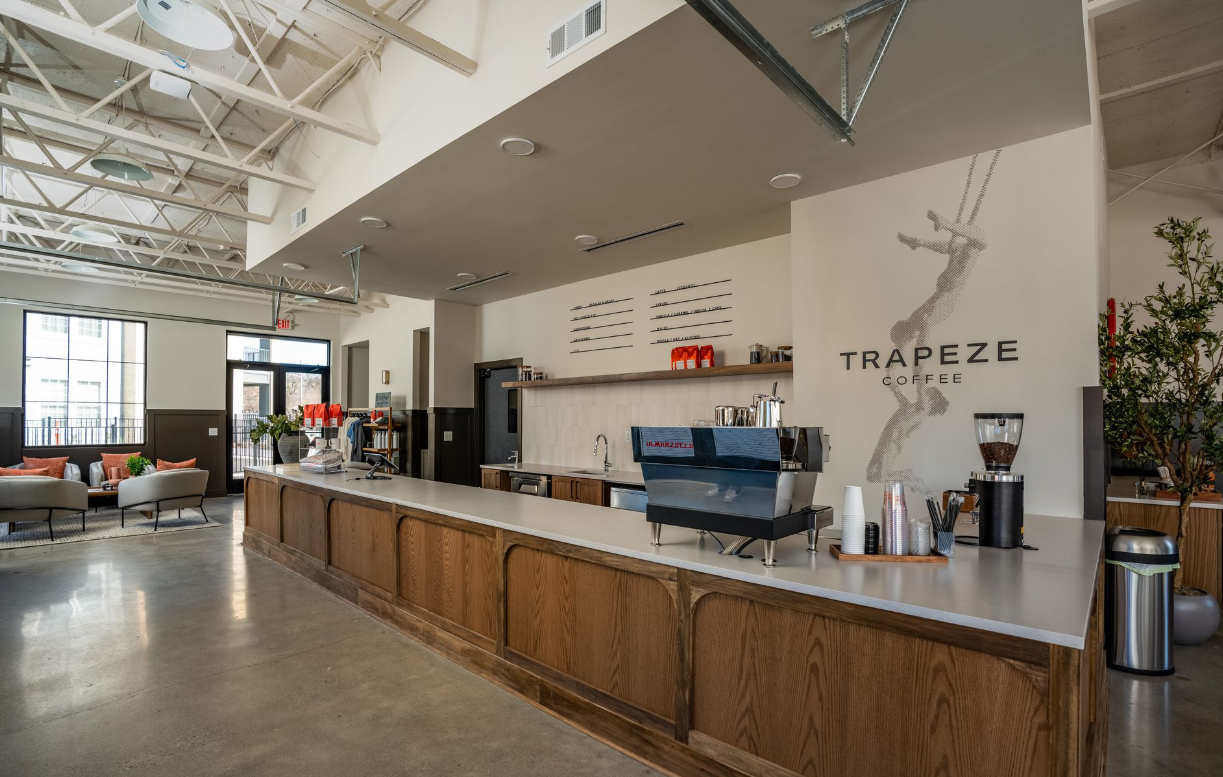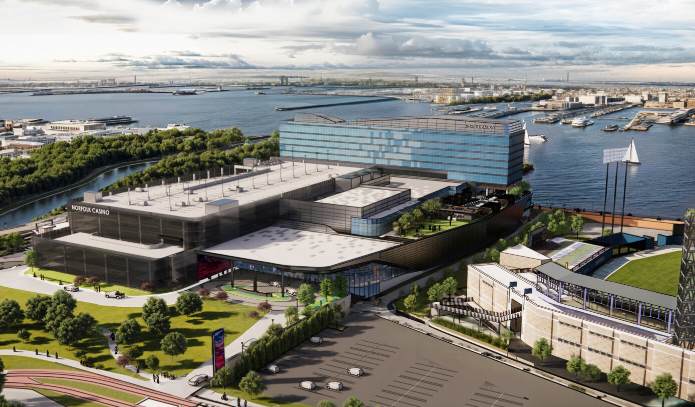Norfolk, Virginia is rapidly emerging as a major force in the East Coast cruise market. With strategic investments and rising passenger numbers, the city’s Half Moone Cruise Center is transitioning from a picturesque stopover to a fully functioning homeport—a move already underway and set to reach full stride with the completion of Phase 2 in 2026.
This evolution arrives at the right time. As the cruise industry rebounds post-pandemic, travelers are looking for regional departure points that offer convenience without the stress and congestion of larger ports. Norfolk is stepping into that opportunity—and laying the foundation for long-term growth.
From Port of Call to Port of Departure
For years, Norfolk served as a port of call—a brief stop for cruise lines like Carnival and Norwegian. But until recently, limited infrastructure meant that few passengers could begin or end their journeys in the city.
That has already started to change.
With support from the City of Norfolk and the Virginia Port Authority, the Half Moone Cruise Center has entered a multi-phase expansion plan. Phase 1 improvements—focused on increased passenger processing and operational capacity—have enabled the launch of more homeport cruises, where sailing begins and end right in Norfolk.
Now, with Phase 2 underway and scheduled for completion in 2026, the port is scaling up to accommodate even larger vessels and more frequent departures. Key upgrades include:
- A lengthened pier for next-gen cruise ships
- Enhanced customs and security screening
- Streamlined boarding and disembarking processes
- Infrastructure to handle larger passenger volumes comfortably
With these upgrades, Norfolk is shifting from a stopover into a full-fledged cruise gateway—and that change is already delivering meaningful economic results.
Why Norfolk Makes Sense
Norfolk’s location is one of its greatest competitive advantages. Situated at the midpoint of the East Coast, it is easily accessible by car from major metros like Washington, D.C., Richmond, Raleigh, and Charlotte. That means fewer flights and less hassle for travelers who prefer to drive and cruise—a growing trend in the market.
The cruise terminal’s downtown setting offers another unique edge. Passengers can step off the ship and walk straight into the city’s waterfront, historic districts, shops, and restaurants—an experience more appealing and accessible than what’s found at many larger ports.
The port also features deepwater access, allowing it to accommodate ships that similar-sized cities simply can’t. And with nearby destinations like Virginia Beach, Colonial Williamsburg, and the Outer Banks, Norfolk is positioned not just as a gateway—but as a vacation destination in its own right.
For cruise lines, it’s an efficient, growing market with less saturation. For passengers, it offers a rare blend of convenience, character, and coastal charm.
Economic Impact
The financial upside of becoming a homeport is significant. Each cruise departure generates an estimated $400,000+ in local economic impact—benefiting hotels, restaurants, tour operators, and retail shops throughout the region.
In 2023, Norfolk welcomed a record 180,000 cruise passengers. That number is expected to rise steadily over the next few years as the upgraded port infrastructure comes online and more cruise lines launch itineraries directly from Norfolk.
More homeport traffic means more overnight stays, more meals eaten locally, more rides hailed, and more dollars circulating in the local economy. It also leads to job creation across tourism, transportation, hospitality, and support services.
Just as importantly, the expansion raises Norfolk’s profile as a travel destination. As more people begin and end their cruises here, they experience firsthand what the city has to offer—and some may choose to return, invest, or even relocate.
Part of a Bigger Waterfront Vision
The cruise port expansion isn’t happening in isolation—it’s part of a broader citywide effort to revitalize Norfolk’s waterfront and strengthen its position as a regional leader in travel, commerce, and economic development.
With investments also flowing into downtown development, public infrastructure, and the nearby Norfolk International Airport (ORF)—itself undergoing a $100M+ transformation—Norfolk is shaping itself into a city built on access, connection, and growth.
The cruise terminal plays a key role in that strategy. It’s not just moving people—it’s helping move the city forward.
Ready to Launch
As the Half Moone Cruise Center completes its transition into a homeport by 2026, Norfolk is stepping confidently onto the national cruise stage. With every ship that departs from its harbor, the city strengthens its reputation as a growing East Coast hub—and as a destination in its own right.
The progress is already underway—and Norfolk’s direction is clear.
The future is setting sail.
By: Evan Pugh & Thomas McCoy, MAI




